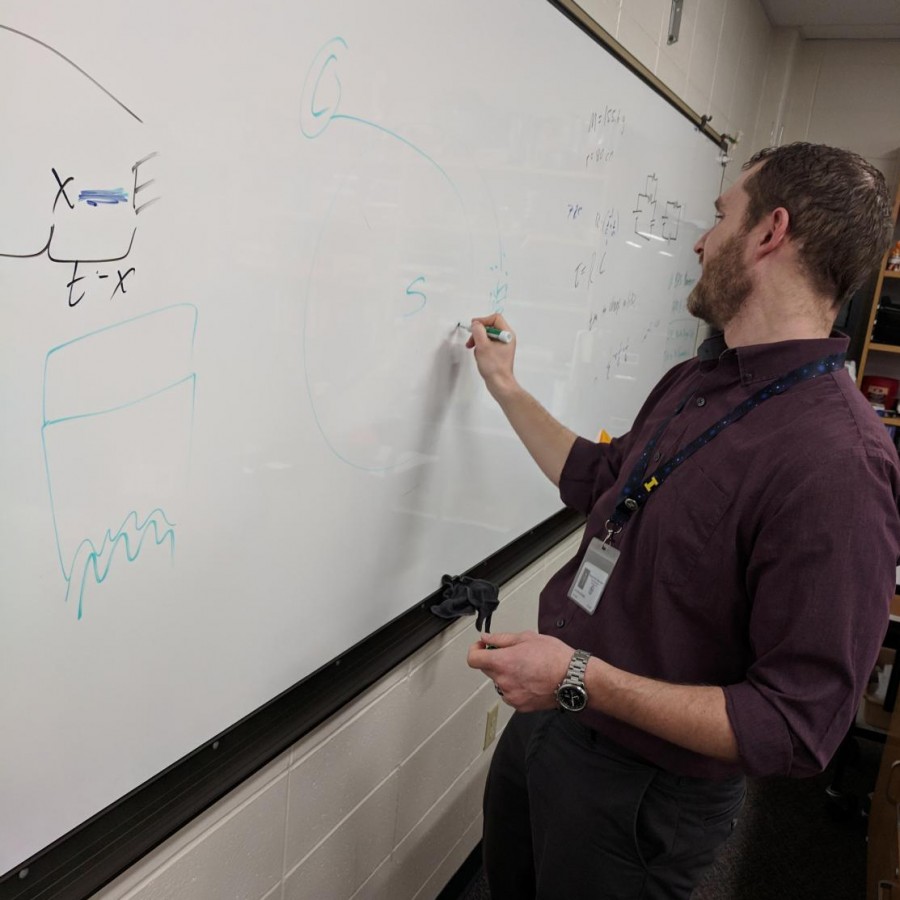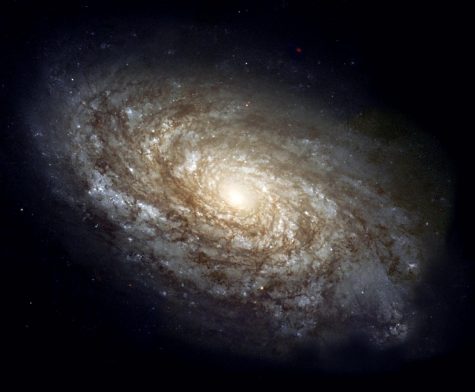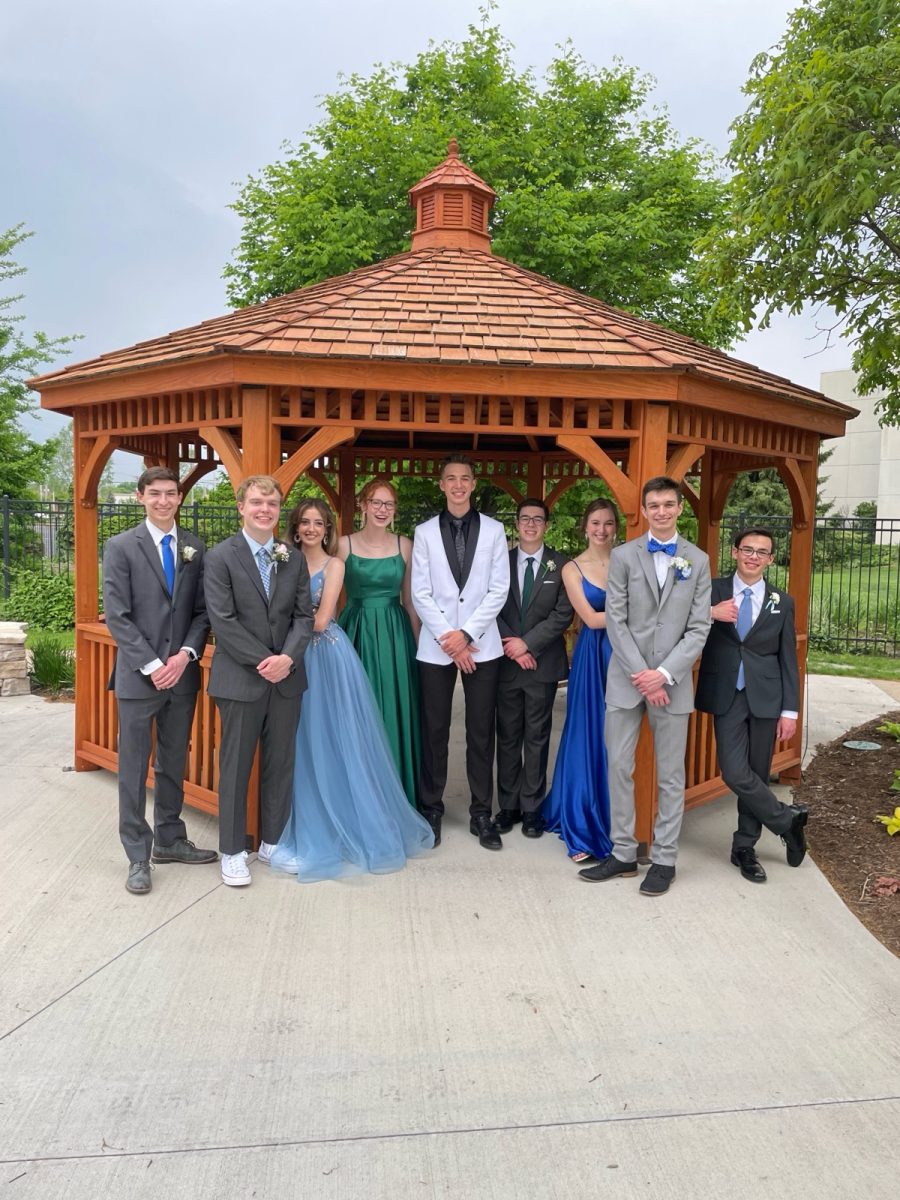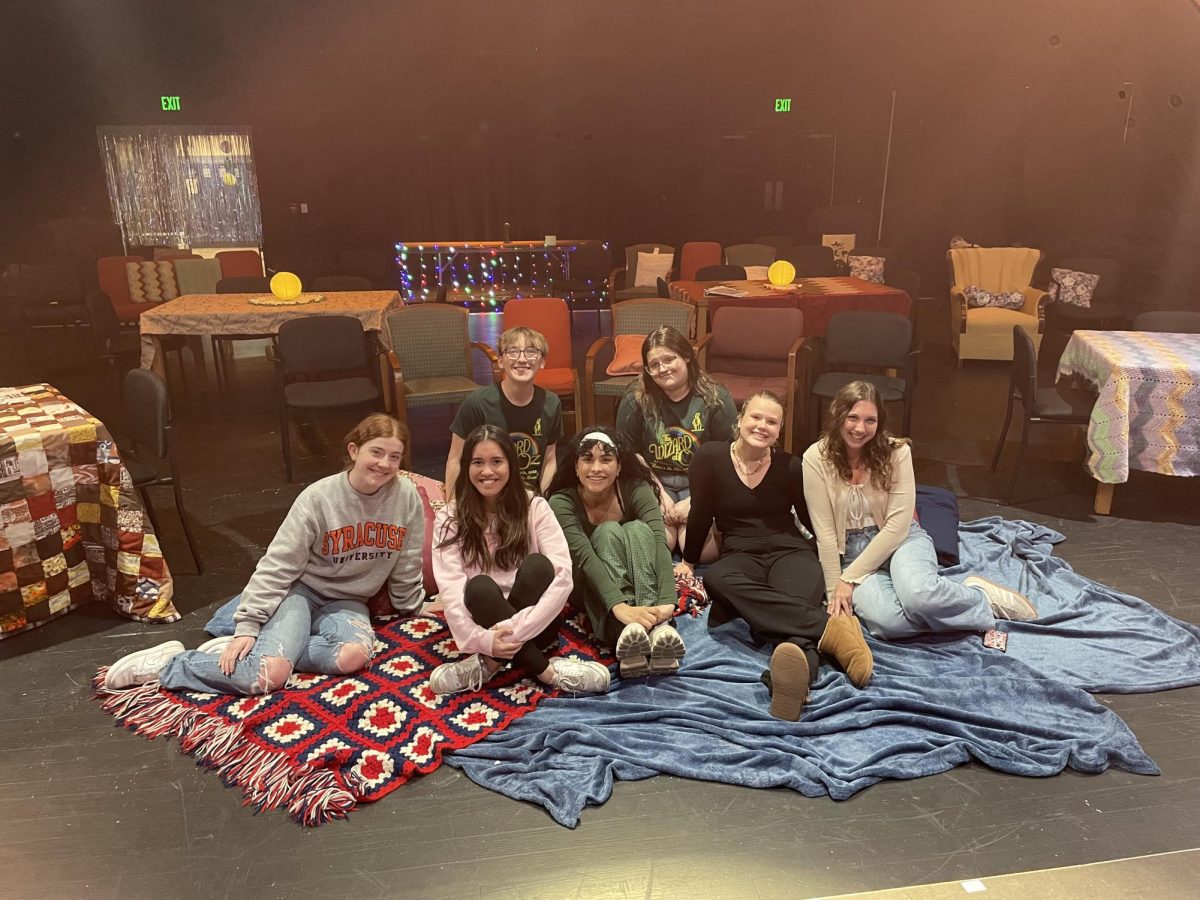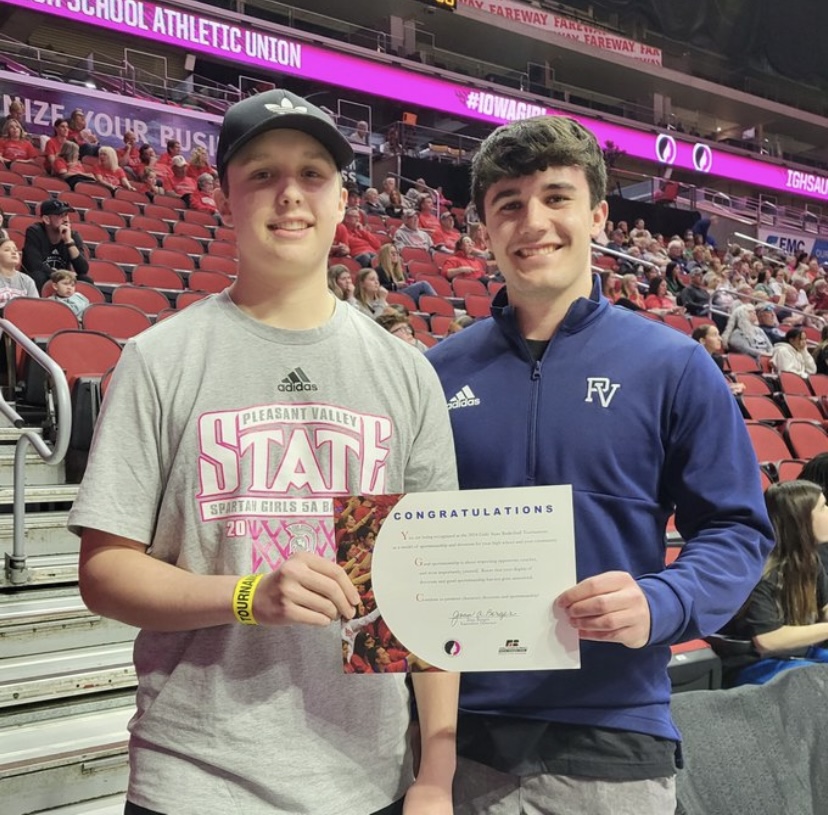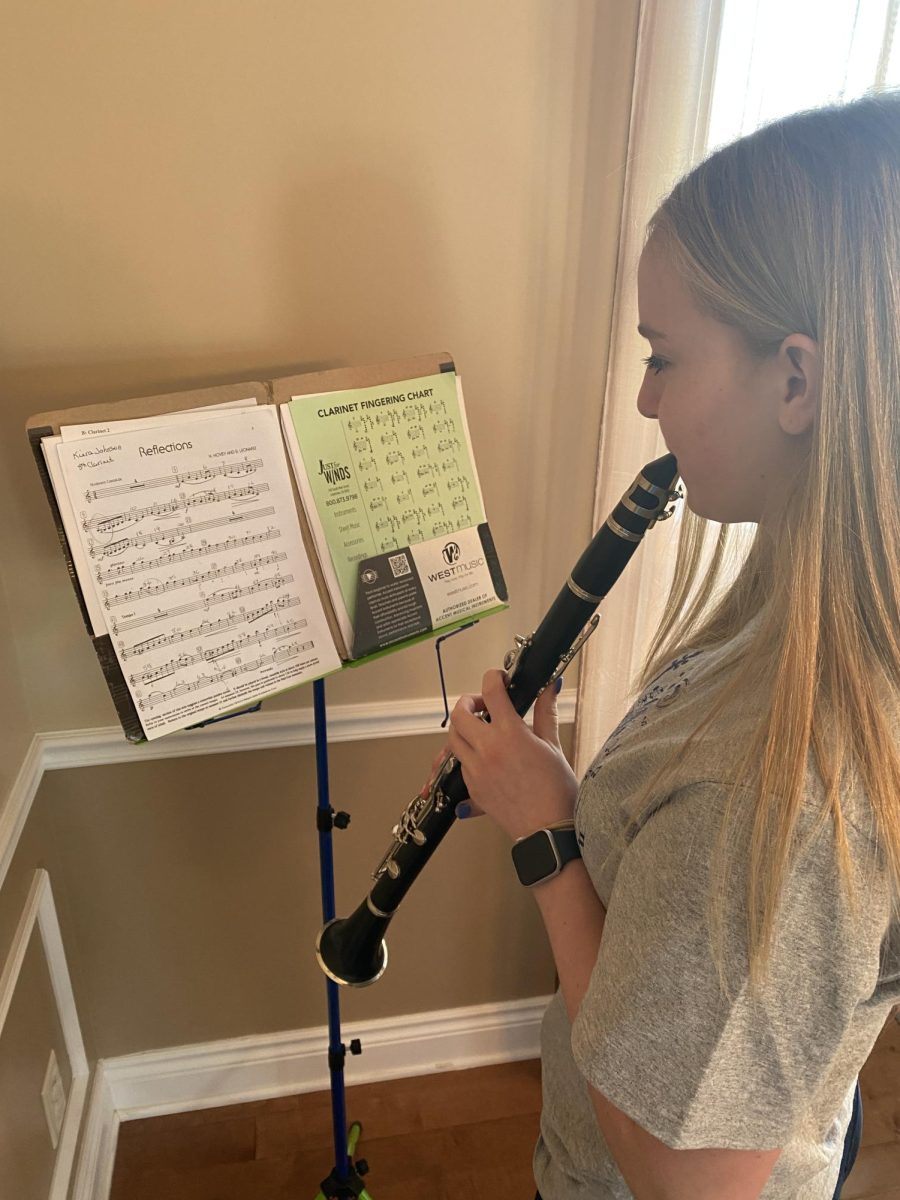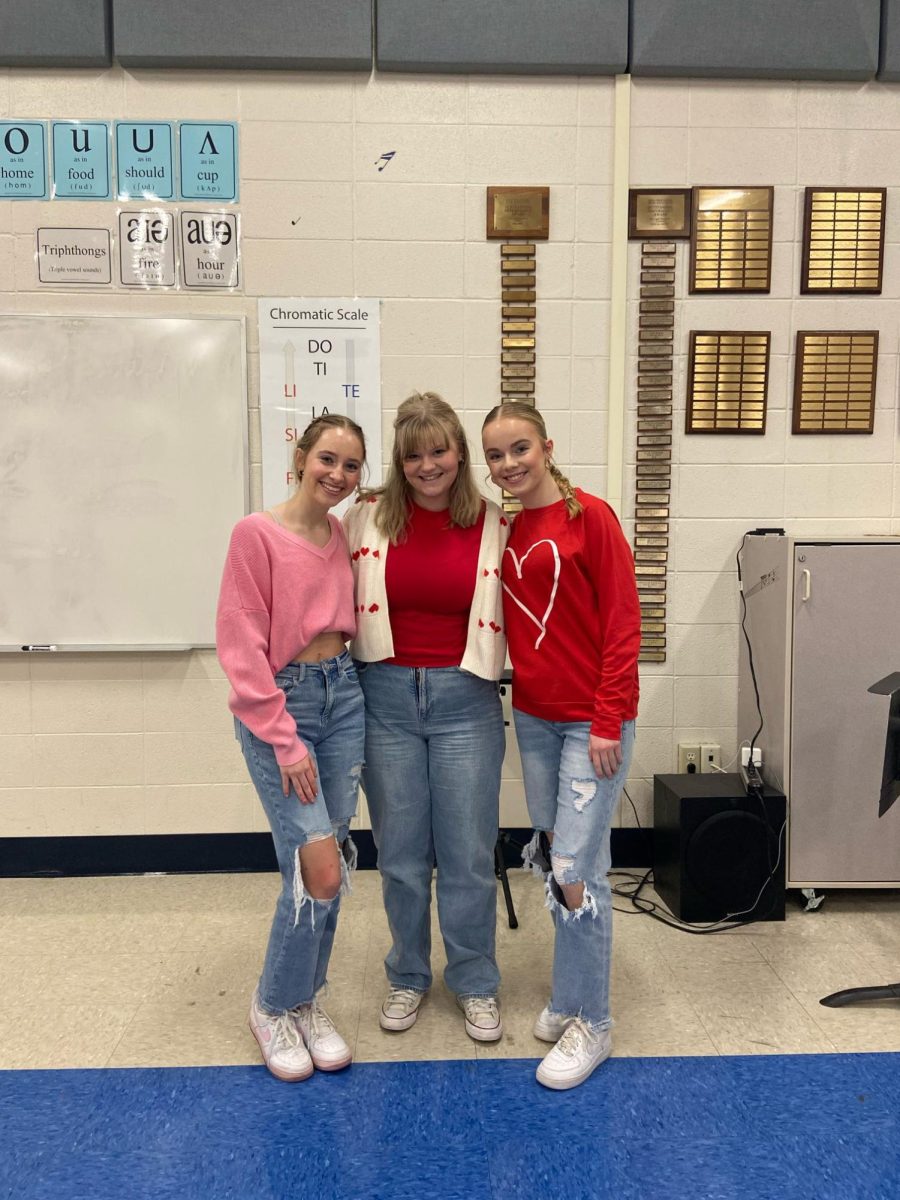Wishing on a shooting star seems like a scene from a movie, but a week ago it was a possibility. The sky was scattered with hundreds of meteors for over a week with a high likelihood for shooting stars to make an appearance.
The Geminid Meteor Shower was visible in the night sky from Dec. 7-16, with its peak Dec. 14. The Astronomy Club at Pleasant Valley observed the shower, and learned about its causes.
According to space.com, meteor showers occur due to particles entering Earth’s atmosphere at high speeds, creating heat, which vaporizes most meteors. This is what is typically referred to as a shooting star. Visibility of shooting stars and meteors is best in an area with minimal light pollution.
The Astronomy Club learned about the previously mentioned information and more regarding the Geminid Meteor Shower.
The club visited the Quad Cities Astronomical Society’s Jens-Wendt Observatory in Davenport Dec. 15, and had the pleasure of witnessing Comet 46P/Wirtanen shoot across the sky.
AP Physics teacher, Ian Spangenberg, head of the club, set up the astronomy night at the Observatory. He expressed his excitement over seeing the comet, “It’s the closest comet that will come in 7 years”.
Due to the visit being scheduled for a later date during the span of the shower, the group missed its peak and were only able to see a handful of meteors. However, the amateur astronomers had an enjoyable experience nonetheless.
Junior Prakruti Pancholi is a member of astronomy club. She said Spangenberg explained how and why meteor showers occur in relation to the earth.
Pancholi shares a mutual passion for the night sky, “I enjoyed learning about the shower a lot, it’s very interesting to learn about the origins of so many natural phenomena.”
“The Geminid Meteor Shower happens every year for now, but soon they won’t occur because we will have attracted all the dust rocks.” Spangenberg went on to explain the meaning of the meteor shower. The name comes from the fact that in order to see the meteors, one must look toward the Gemini constellation during a specific time of year.
The Astronomy Club can be spotted visiting the John Deere Planetarium on occasion as well.








